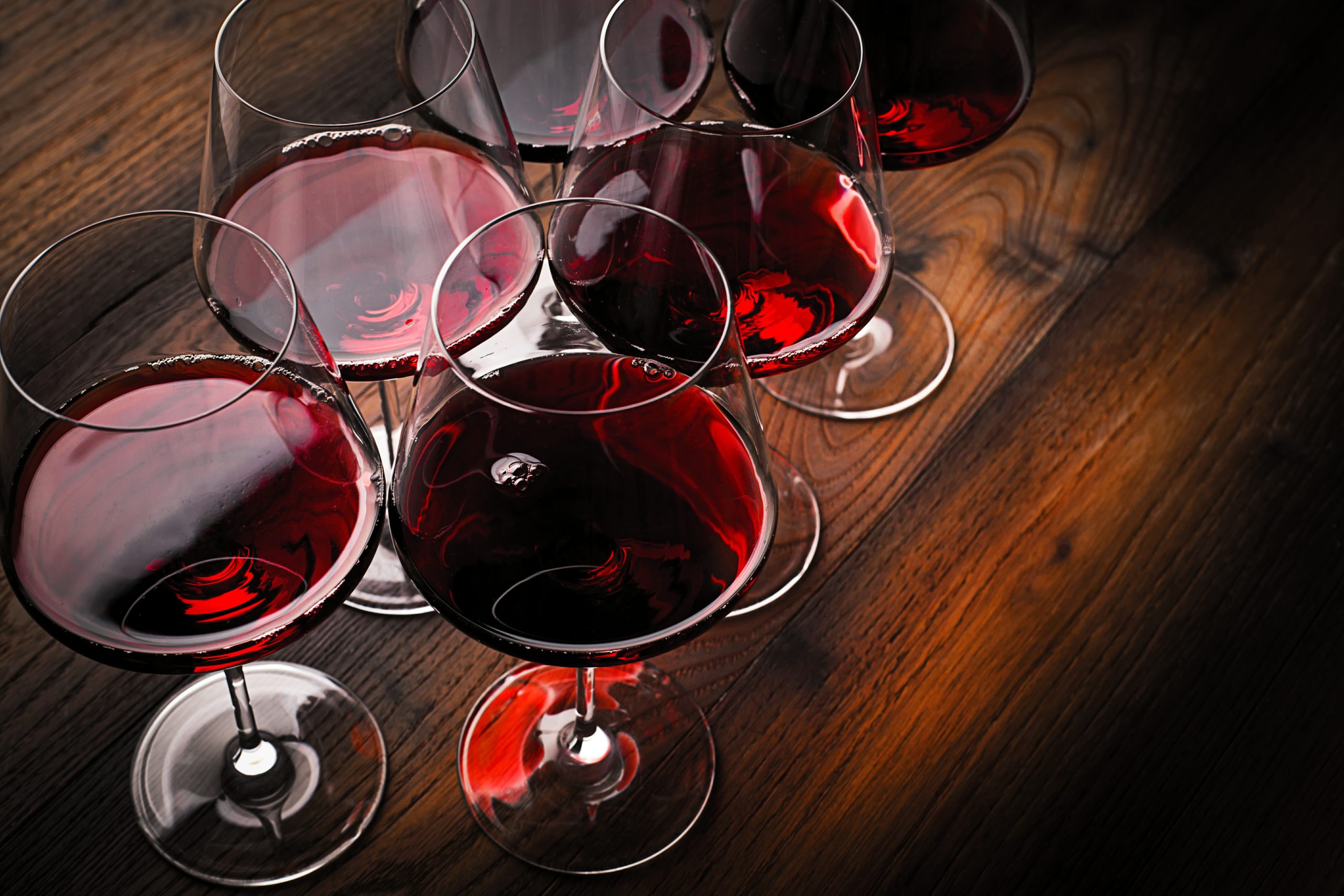Who doesn’t love a nice glass of wine? A drop of rose in the summer perhaps, or a crisp, dry white? Maybe a full-bodied red is your choice?
Imagine balmy summer evenings spent in the garden of your new home in Southend with a tipple, or cosy nights in front of a roaring log fire supping a glass or two – so many of us enjoy wine in moderation as a way of relaxing and socialising with friends in our homes.
But are you the type who chooses the most expensive bottle because you think that price means quality, or do you go for the cheapest bottle because as long as it doesn’t give you a rotten hangover, you don’t really care?
Do you feel that choosing wine is difficult? Well, actually, you may be surprised to learn that understanding good wine doesn’t have to be as tricky as many profess it to be.
Expert Wine Tasting Is Not as Difficult as It Looks
Learning how to taste wine properly will help you understand the flavours you enjoy and support your palette to differentiate between the unique tastes and textures associated with wines.
Those with significant expertise in the area would love us to believe that the tasting process is convoluted. However, that is not the case at all. Four simple steps should be followed to allow you to taste and evaluate your wines, evoking all senses.
Sight
You must take a good look at the wine you are about to enjoy under natural lighting. Assess the wine for its tone and colour, which can be used as an essential benchmark when comparing it to others.
Smell
Smelling the wine prepares your brain for what you are about to taste. Our sense of smell has a significant impact on how our brains process flavour, so this is an essential step in the process. Remember to keep your mouth slightly open whilst smelling to get the most from this step.
Taste
At this point, you finally get that all-important taste of the wine. Take a small sip at a time, allowing the liquid to linger on your tongue slightly before swallowing. This will enable you to consider the taste and texture fully.
Think
This does not mean you have to fill out a complex notebook comparing and contrasting. But instead, consider the flavours you appreciated and how they compare to similar wines that you enjoy.
Always Check the Middle of the List
When dining out in a restaurant, most guests don’t want to appear cheap by ordering the least expensive wine option on the list. This is why the second least expensive wine is always the most popular on any menu!
Additionally, many people panic when handed the decision-making duties and simply opt for the wine at the top or the special that the restaurant is promoting.
Sommeliers and restaurant managers tend to hide their favourites somewhere in the middle or towards the end of the list to reward those who are paying attention.
Wine, and Taste, is Personal
Your taste in wine will be entirely dependent on the diet you have enjoyed throughout your life.
There is considerable pressure, especially when just getting into wine, to choose something profound. Opting for an ‘ordinary’ Chardonnay or Merlot can feel like somewhat of an embarrassment.
However, there is nothing wrong with sticking within the taste range you enjoy. If in doubt, ask the sommelier for any recommendations based on your current favourites.
Expensive Doesn’t Always Mean Better
To analyse wine price points, you must first understand what makes a wine expensive. There are three key factors to consider.
Age
Most of us are under the assumption that older wine is always better, but that is not entirely true. For every extra year of ageing, expect to add anything up to another £1 per bottle. However, ageing only has a dramatic impact on red wines. So, if you are partial to a glass of white, it is likely that you are paying above the odds.
Oak
Most of the best wines across the world are aged in oak barrels. This process adds extra flavours and improves texture. For red, the oak ageing process adds deep flavours such as chocolate and nutmeg. For our white wines, the oak often adds vanilla flavours.
Location
Some grapes are simply more expensive, with costly and luxurious vineyards factored into the retail price. Additionally, the import cost will undoubtedly affect what the customer pays.
So, does this mean expensive wine is always better? No. It is entirely context specific.
It is also worth remembering that ‘expensive’ is personal. What some would consider expensive barely breaks the threshold of decent wine for others.
While a £20 bottle is probably going to be a little smoother than one at £4, once you start getting into the professionals’ realm, many people simply cannot tell the difference.
Choose Wines from Different Regions
We are all used to seeing the regulars on the menu and in the supermarket: Australia, Chile, and Italy. However, if you notice a wine from an unusual region, it will likely be one of the best available.
It often means that the venue, supermarket or off-licence has gone out of its way to source the drink, indicating it has something unique to offer.
Dreaming of a glass of wine in your comfortable new home? Call our friendly and knowledgeable team at BM Property Agents for advice on buying and selling on 01702 596027 or email us at barry@bmpropertyagents.co.uk. We aren’t just knowledgeable about wine!






